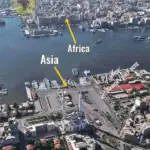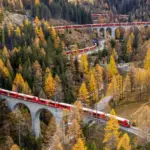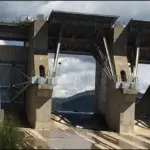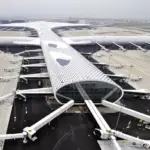Jakarta, with its sprawling metropolitan population of around 30 million people, offers a diverse and dynamic transportation system. The city earned the 2021 Global Sustainable Transport Award (STA) for its integrated public transportation network, reflecting significant strides in sustainable mobility.

Road Networks and Policies
Historically, Jakarta’s transportation infrastructure focused heavily on developing road networks designed to cater to private vehicles. A standout feature of the city’s road system is its extensive toll road network, comprising an inner and outer ring road and six toll roads radiating outward, connecting the city internally and to surrounding regions.
To address chronic traffic congestion, Jakarta implemented an “odd-even” policy, allowing vehicles with odd or even-numbered license plates to operate on specific days. This is seen as a temporary solution until the planned introduction of electronic road pricing (ERP).
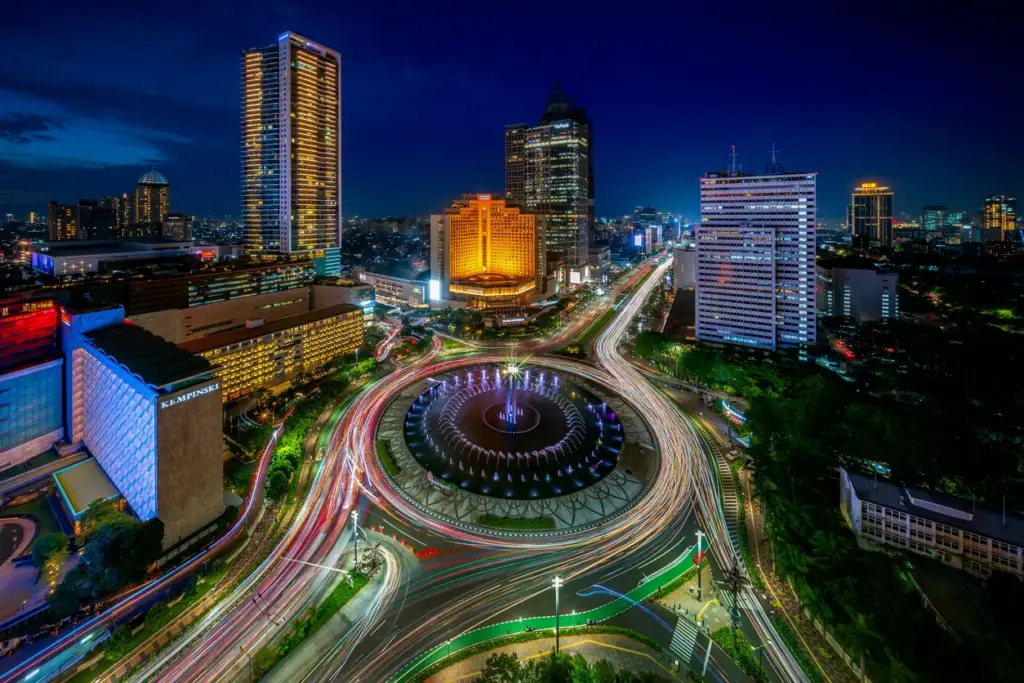
Bus Terminals and Services
Jakarta is home to numerous bus terminals, serving as vital hubs for intra-city, regional, and intercity travel across Java. The Pulo Gebang Bus Terminal stands out as the largest of its kind in Southeast Asia. Private bus operators such as Kopaja, MetroMini, Mayasari Bakti, and PPD also play a significant role in connecting various parts of the city. Many of these services are being replaced by modern buses under the Minitrans and Metrotrans systems.

Rail Networks and Future Projects
The city’s rail infrastructure includes main train terminals like Gambir and Pasar Senen, facilitating long-distance travel. High-speed rail services, such as the Whoosh railway connecting Jakarta and Bandung, represent significant advancements. Plans for a future rail link between Jakarta and Surabaya are also in progress.
Public Transportation Coverage
As of September 2023, Jakarta’s public transport service covers 86% of the city, with a target to expand to 95%. The integrated system includes TransJakarta buses, Jakarta LRT, Jakarta MRT, KRL Commuterline, Jabodebek LRT, and the Soekarno-Hatta Airport Rail Link. Transit-oriented developments, like Dukuh Atas and CSW-ASEAN hubs, are being constructed to facilitate seamless transfers between various transport modes.
Non-Motorized Transport
The city has undertaken significant efforts to promote non-motorized transport. As of June 2021, Jakarta had built 63 kilometers of dedicated bicycle lanes, with plans to extend this network to over 160 kilometers.
Air Travel
Jakarta is served by Soekarno–Hatta International Airport (CGK), the primary gateway for domestic and international flights. Halim Perdanakusuma Airport (HLP) caters to private and low-cost flights, while smaller airports like Pondok Cabe and Pulau Panjang serve niche markets.
Maritime Transport
The bustling Tanjung Priok seaport is Indonesia’s busiest, handling freight and ferry connections across the archipelago. Traditional pinisi schooners dock at the historic Sunda Kelapa port for inter-island shipping, while Muara Angke and Marina Ancol cater to public and tourist travel to the Thousand Islands.
Like Us on Facebook!
Payment Systems
Jakarta’s public transport operates on a cashless payment system, accepting electronic money cards like BRIZZI, TapCash, e-Money, Flazz, and Jakcard. These cards are also integrated for toll and parking payments, making travel more convenient. Top-up services are widely available at convenience stores and vending machines.
Subscribe Us on YouTube!
Traditional and Informal Transport
Jakarta’s streets are also navigated by various informal modes of transport. Bajaj auto-rickshaws, available in orange and blue (the latter running on compressed natural gas), offer local connectivity in narrower streets. Angkot microbuses remain a popular choice for short-distance travel.
Though pedicabs (becak) were banned in the 1990s for causing traffic congestion, they re-emerged during the economic crisis of 1998 and remain a contested mode of transport, with ongoing debates about their place in the city.
Challenges and Initiatives
Jakarta faces significant transportation challenges, including a rapid increase in vehicle ownership, which has outpaced road expansion. By 2019, over 13 million motorcycles and 4.4 million cars crowded the city streets, contributing to severe traffic congestion. Daily movements within Greater Jakarta exceed 88 million, with public transport accounting for just 30% of trips.
To combat gridlock, authorities have introduced measures such as truck bans during the day, “three-in-one” passenger laws (which resulted in the rise of paid car jockeys), and the odd-even policy. The planned ERP system is expected to bring more effective relief in high-traffic zones.
Historical Perspective
Jakarta’s road network traces its roots to the Dutch colonial era when Governor-General H.W. Daendels initiated the Java Great Post Road in the early 19th century. Although the system has expanded considerably, rapid urbanization has strained its capacity.
Conclusion
Jakarta’s transportation ecosystem is a fascinating blend of traditional and modern systems, tackling the demands of one of the world’s largest urban populations. With ongoing investments in public transport, infrastructure, and sustainable initiatives, the city is steadily advancing toward a more integrated and efficient future.

